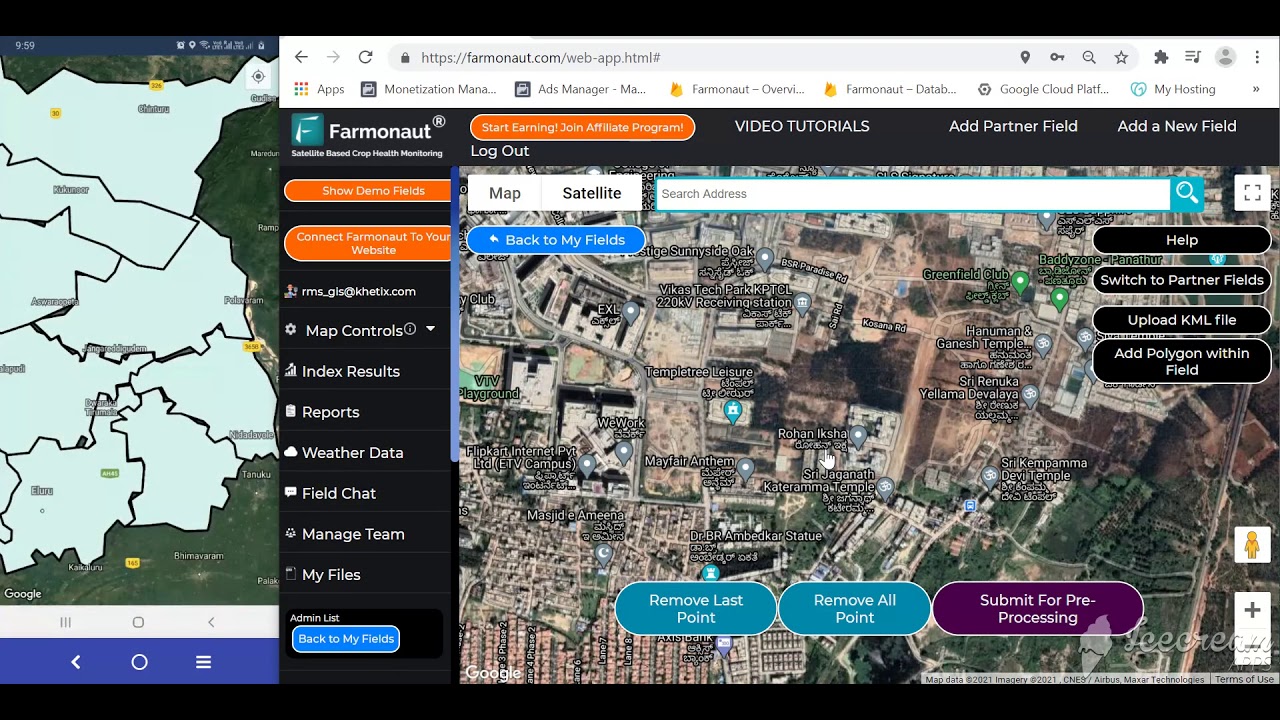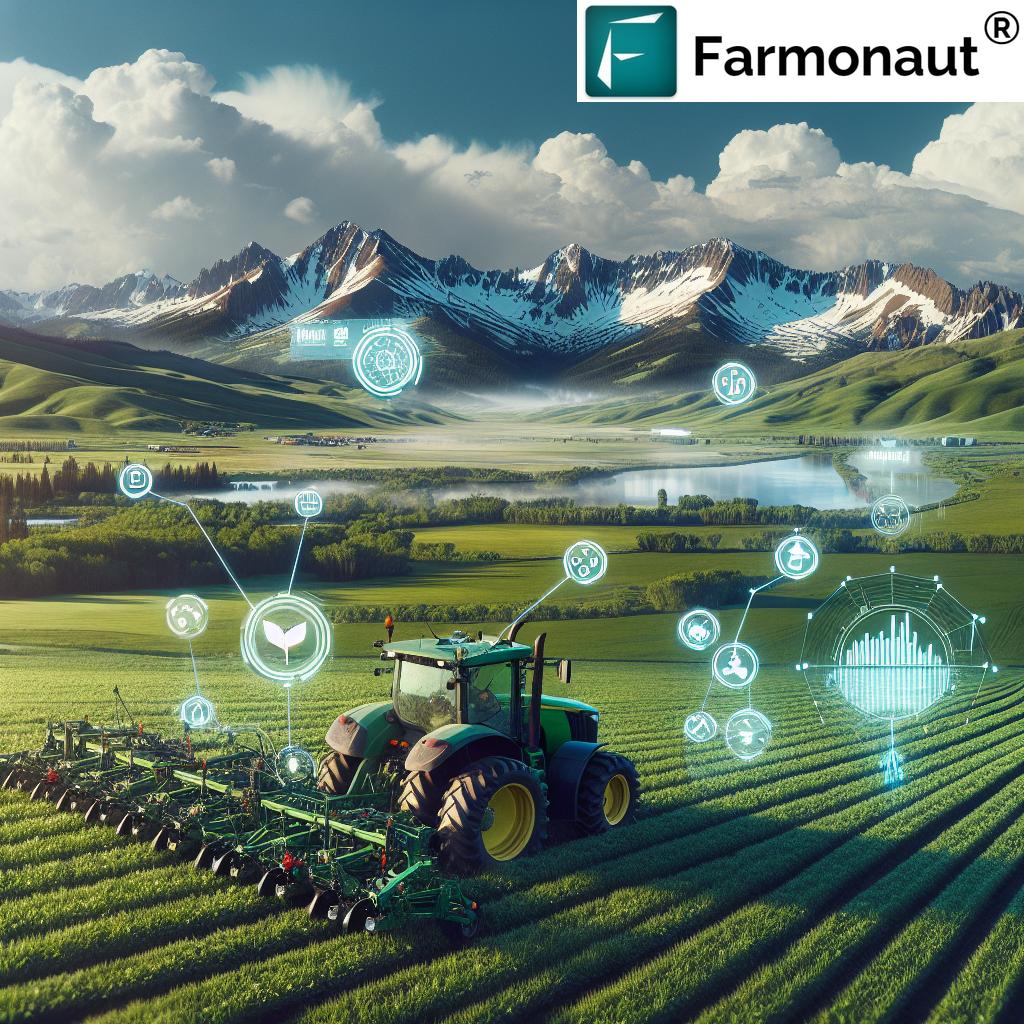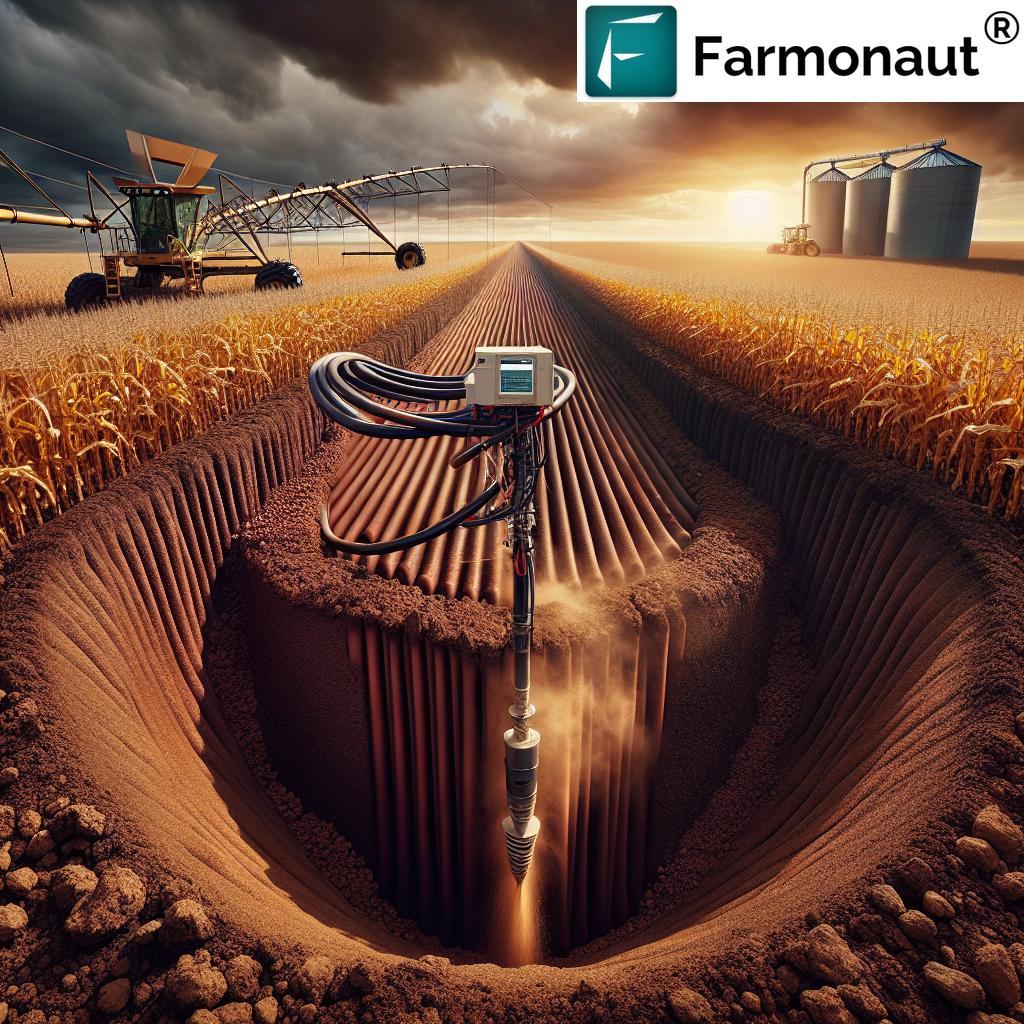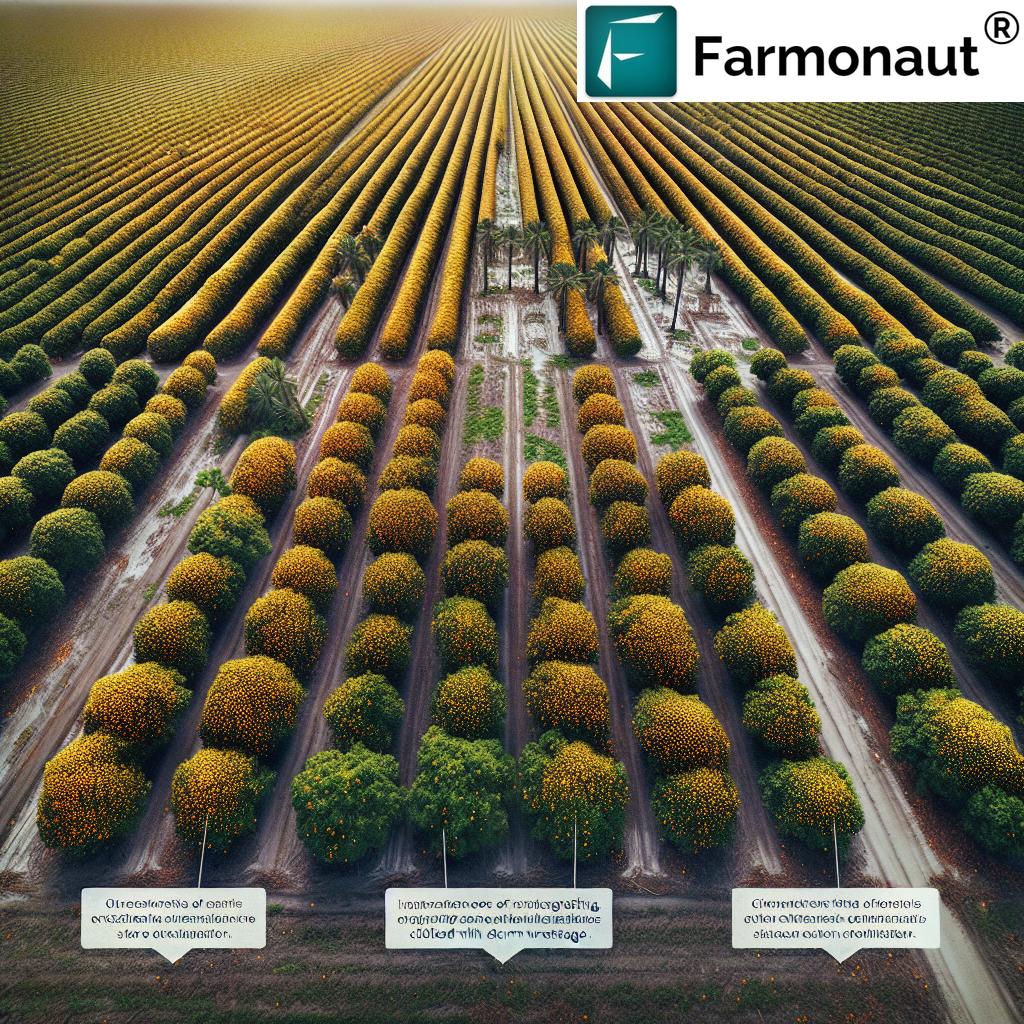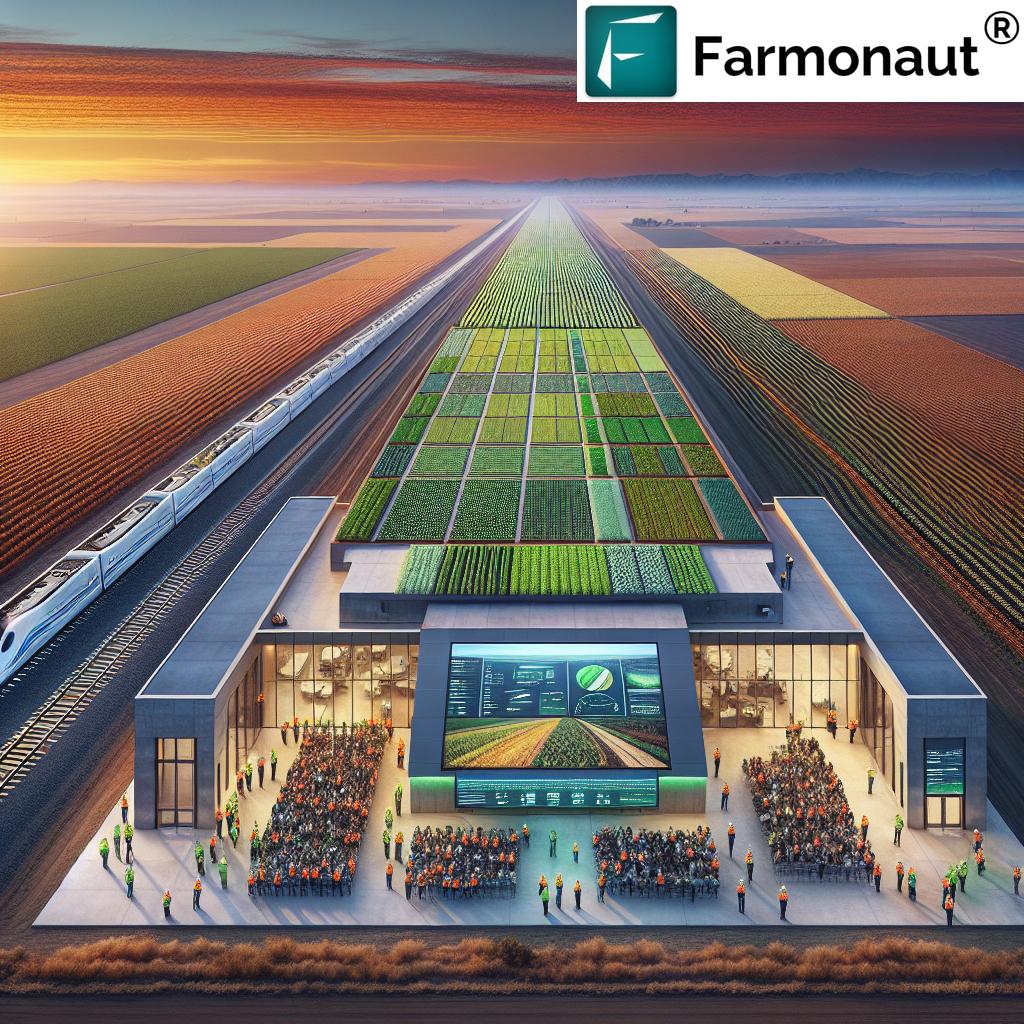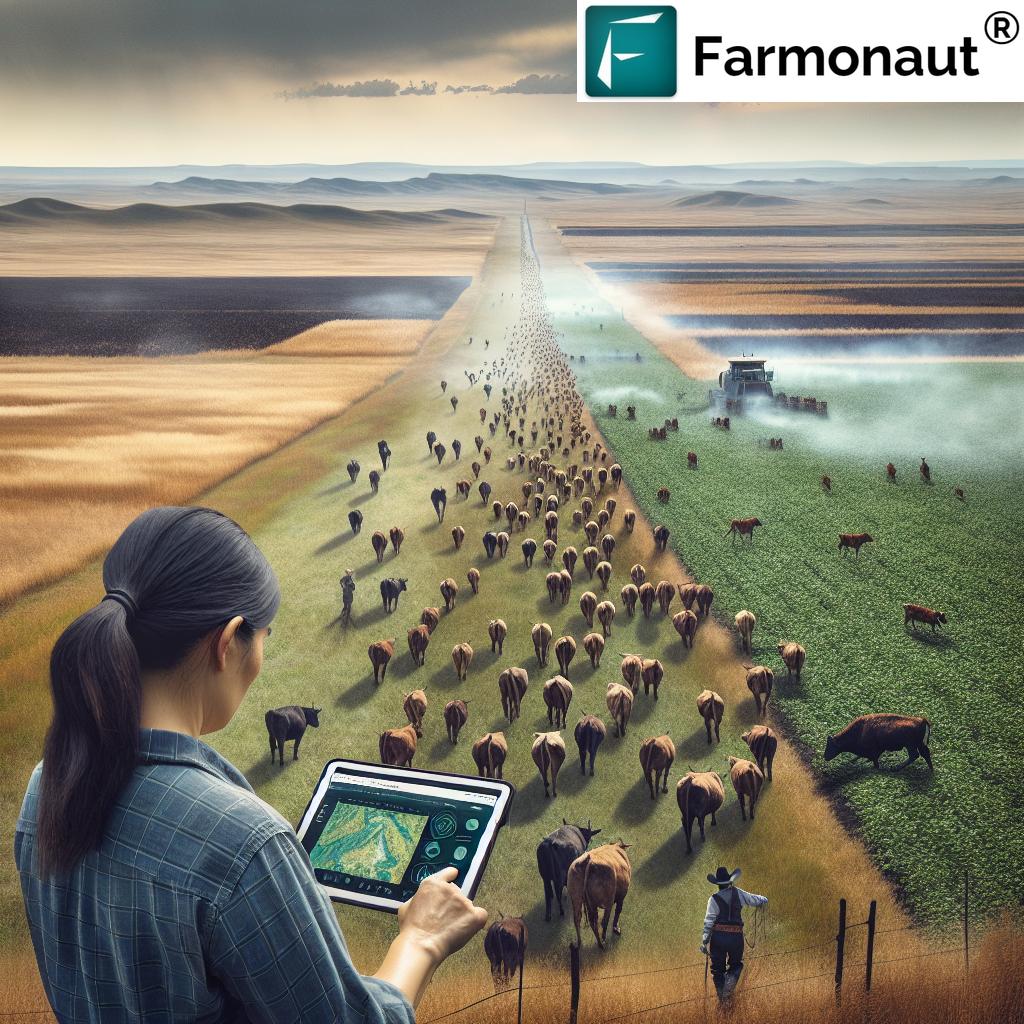Precision Forestry Market: 7 Tech Trends in North America
“By 2028, North America’s precision forestry market is projected to reach $2.1 billion, driven by advanced analytics and automation.”
Overview: Precision Forestry, Market Context & The Need for Advanced Technologies
In the face of climate change, increasing global demand for wood, and heightened focus on environmental sustainability, the precision forestry market in North America has emerged as a pivotal force redefining forest management. Precision forestry is an innovative approach that leverages advanced forestry solutions—like remote sensing in forestry, GIS for forest management, and forestry data analytics—to enable sustainable, efficient, and profitable operations. These technologies empower forest managers to make informed decisions, optimize resource utilization, and monitor forest health effectively.
At its core, precision forestry utilizes robust data from satellite imagery, drones, LiDAR, and sensors, combining these with automation, analytics, and remote monitoring. This transformative strategy addresses historical challenges—like inefficient harvesting practices, delayed forest health monitoring, and limited mapping accuracy—by integrating digital tools and systems for comprehensive, actionable insights.
The result? Sustainable forestry practices that increase yields, reduce costs, and help ensure the long-term health of forest ecosystems—all within a fast-growing, technology-driven market.
Foundational Technologies of Precision Forestry
The evolution of precision forestry in North America is rooted in a suite of technological advancements, each contributing to greater efficiency, sustainability, and profitability:
-
Remote Sensing (including Satellite Imagery, LiDAR, and Drones):
- Remote sensing in forestry provides real-time, highly detailed data for mapping and forest health assessments—transforming traditional forest inventories into comprehensive, up-to-date analyses.
- Technologies like LiDAR enable 3D mapping of complex canopies and terrain, while drones offer localized, high-resolution imagery to assess canopy health and forest structure.
-
Geographic Information Systems (GIS for forest management):
- GIS platforms integrate spatial data with forest characteristics, enabling forest managers to optimize harvesting schedules, resource utilization, and evaluate the effectiveness of sustainable forestry practices.
-
Data Analytics & Big Data Processing:
- Forestry data analytics play a crucial role in identifying patterns, predicting trends, and informing decisions—using massive datasets sourced from sensors, imagery, and historic records.
-
Automation & Autonomous Forestry Equipment:
- Autonomous machines—ranging from harvesters and planters to robotic drones—enhance productivity, increase operational precision, and minimize human risk in challenging forest environments.
-
Internet of Things (IoT) Sensors:
- IoT technologies enable continuous monitoring of forest microclimates, soil moisture, and tree growth, supporting timely interventions and optimized input usage.
-
Blockchain for Transparency:
- Blockchain platforms are emerging to provide traceability within forest supply chains, helping ensure authenticity, compliance, and consumer trust in certified wood products.
Precision Forestry Market: 7 Tech Trends Shaping North America
Let’s take a closer look at the seven most influential technology trends transforming the North American precision forestry market today:
1. Remote Sensing in Forestry (Satellite Imagery, LiDAR, Drone Mapping)
Remote sensing leads the precision revolution, offering scalable methods for forest health monitoring. Through satellite imagery, LiDAR, and UAV drones, managers achieve:
- High-precision mapping and inventory—even across vast or rugged terrains.
- Continuous monitoring of vegetation health, disease outbreaks, storm damage, and illegal activity.
- LiDAR adds true 3D data on canopy structure and biomass, vital for carbon accounting and resource optimization.
In North America, over 60% of forestry companies now deploy satellite imagery and drone-based reconnaissance for real-time decisions and compliance reporting.
2. GIS for Forest Management: Geographic Information Systems
GIS is the central nervous system for integrating, visualizing, and analyzing geographically tagged forest data, enabling:
- Optimized harvesting and planting schedules with spatially explicit modeling.
- Analysis of terrain, hydrology, access routes, and protection of sensitive habitats.
- Monitoring forest health indicators and aligning with regulatory zones.
GIS platforms drive data-informed decisions for maximized yields and minimization of environmental impact—core to sustainable, operational forestry management.
3. Forestry Data Analytics & AI-Powered Insights
The adoption of big data analytics and artificial intelligence is accelerating across North America. With the surge in collected data (from satellites, drones, IoT sensors), advanced analytics facilitate:
- Predictive modeling for yield optimization and resource planning.
- Automated detection of infestations, diseases, or canopy stress for early intervention.
- Forecasting of fire risk, pest outbreaks, and analyzing reforestation success rates.
AI-driven analytics also support compliance with government sustainability programs, enhancing transparency in reporting and performance metrics.
“Over 60% of North American forestry companies now use satellite imagery for real-time forest monitoring and management.”
4. Autonomous Forestry Equipment & Smart Machinery
Automation and robotics—including harvesters, planters, and thinning machines—are redefining labor, safety, and operational efficiency:
- Highly accurate harvesting, minimizing waste and soil disturbance.
- Reduction in labor costs, allowing crews to focus on value-added analysis and planning.
- 24/7 operations, unaffected by challenging terrain or hazardous conditions.
Major equipment providers now integrate smart GPS, sensors, and telematics for real-time machine tracking, fueling efficiency and sustainability.
5. IoT and Real-Time Monitoring Sensors
IoT-enabled sensors deployed in forests monitor environmental variables continuously. Key applications include:
- Soil moisture and temperature analysis for optimal resource allocation.
- Forest microclimate tracking to inform pest/disease risk and irrigation models.
- Immediate anomaly detection (e.g., illegal logging, fire ignition points).
These tools support timely interventions and contribute to more informed, reactive management.
6. Advanced Resource Traceability & Blockchain Integration
Blockchain-based traceability solutions now bolster transparency in wood and forest product supply chains by:
- Ensuring legality and provenance of timber, crucial for certification and export markets.
- Preventing fraud and unauthorized harvesting through immutable digital records.
- Empowering sustainable forestry claims via full product life cycle documentation.
This increasing emphasis on accountability aligns with both regulatory mandates and consumer preferences for ethically sourced products.
7. Carbon Accounting & Environmental Impact Analysis
Managing and reporting on carbon sequestration is now a requirement for many forestry organizations in North America. Precision forestry technology:
- Accurately measures carbon storage and emissions using remote sensing data and analytics.
- Informs participation in carbon markets and compliance with environmental standards.
- Supports investment in climate-smart forestry projects and maximizes environmental sustainability.
Quantifiable carbon footprinting is now at the core of sustainable forestry management strategies.
Comparative Tech Impact Table: Measuring Outcomes in the North American Precision Forestry Market
| Technology Name | Core Function | Estimated Adoption Rate (North America, %) | Sustainability Impact | Operational Efficiency Gain |
|---|---|---|---|---|
| Remote Sensing (Satellite/LiDAR/Drone) | Real-time forest mapping, canopy & health monitoring | 60% | Up to 20% reduction in unnecessary harvesting | 15-30% faster forest inventory & damage assessment |
| GIS for Forest Management | Spatial analysis, resource optimization, terrain mapping | 55% | Improved habitat protection, 10% less resource wastage | 10-20% improved planning & logistics |
| Big Data Analytics & AI | Pattern detection, predictive modeling, yield forecasts | 40% | Early pest/disease detection reduces environmental damage by up to 15% | 10-18% higher yield predictability and efficiency |
| Autonomous Machinery | Automated planting, thinning, and harvesting | 35% | Reduced soil compaction, less human error | 20-40% increase in labor productivity |
| IoT Sensors | Continuous forest conditions monitoring | 32% | Decreased water & fertilizer overuse by 8-12% | Rapid anomaly response (<1hr response time in alerts) |
| Blockchain Traceability | Product tracking, fraud reduction, certification | 10% | Strengthened sustainable supply chains; full legal compliance | Faster audit/reporting; less paperwork |
| Carbon Accounting Systems | Emission tracking, sequestration, ESG compliance | 15% | Supports carbon-neutral commitments | Accessible carbon market participation |
Market Dynamics & Growth Drivers for Precision Forestry in North America
The North American precision forestry market has experienced significant growth, underpinned by several powerful drivers:
- Rising Demand for Sustainability & Efficiency: As the world requires more wood and forest products, technological solutions are essential to maximize yields and minimize environmental impact. Technology-driven sustainable forestry practices help maintain forest productivity and biodiversity in the face of climate pressures.
- Government Support & Regulation: Subsidies, incentive programs, and stricter environmental regulations in North America accelerate the adoption of new tools, automation, and data analytics for compliance and reporting.
- Growing Importance of Forest Health Monitoring: The need for precise and timely insights into forest condition—and the capacity to respond rapidly to stress events—makes remote sensing in forestry and GIS for forest management mission-critical.
- Operational & Environmental Pressures: Climate change, wildfire frequency, pest outbreaks, and illegal logging heighten the demand for advanced monitoring, predictive modeling, and automation in forestry operations.
- Technological Advancements: Continued investment in AI, IoT, and big data analytics makes deployment more affordable, scalable, and effective for a broader range of forestry organizations.
These drivers have resulted in an estimated 35% share of the global precision forestry market concentrated in North America, positioning the region as an international leader.
Regional Insights: North America Leads the Global Precision Forestry Market
-
North America boasts the highest adoption of precision forestry technologies worldwide, driven by state-of-the-art R&D infrastructure, advanced technologies, and dedicated policy frameworks. The U.S. and Canada lead in:
- Integration of remote sensing, GIS, and autonomous forestry equipment across commercial and public forest lands.
- Utilization of analytics and blockchain for certification and supply chain monitoring.
- Extensive use of drones and satellite imagery for wildfire and health monitoring.
- Europe closely follows, with particular strength in sustainable forestry practices for biodiversity conservation, carbon sequestration, and compliance with rigorous environmental standards.
- Asia-Pacific is expanding rapidly, spurred by high demand for timber, intensive afforestation efforts, and state-led digitization measures. Nations such as China, Japan, and South Korea are forging ahead with IoT-enabled sensors and drone-based mapping.
Key Market Players & Advanced Forestry Solutions
Several global companies have played crucial roles in driving technological advancements and ensuring widespread adoption of precision forestry technologies in North America:
- John Deere: Introduces GPS and sensor-equipped equipment for logging, harvesting, and plantation expansion, improving operational accuracy and real-time machine coordination.
- Trimble Inc.: Offers GIS, telematics, and precision agriculture and forestry solutions to optimize overall resource utilization across forest landscapes.
- Hexagon AB: Leads in digital mapping, remote sensing solutions, and spatial analytics for forest inventory and carbon measurement.
- Ponsse Plc: Delivers advanced logging systems with real-time data tracking, fuel efficiency monitoring, and sustainability metrics for operators.
Challenges & Key Considerations for Integrating Forestry Technologies
While the benefits are significant, the rapid advancement and integration of new precision forestry technologies introduce several challenges:
- High Initial Investment: The cost of advanced equipment, sensors, and skilled labor can be a major barrier—especially for smaller or medium-scale forestry operations.
- Technology Integration: Adapting traditional workflows to new digital systems requires comprehensive training and organizational change.
- Cybersecurity Risks: As autonomous forestry equipment and IoT networks grow, so too does the need for robust cybersecurity protections to safeguard sensitive operational and environmental data.
Stakeholders must invest in both technology and the training/change management needed to fully realize the efficiency and sustainability gains.
Future Outlook: Precision Forestry’s Role in Sustainable Forest Management
The global precision forestry market is poised for even greater expansion as governments, industry, and consumers demand robust, sustainable forestry practices and data-driven accountability. Upcoming trends include:
- Greater integration of AI-powered decision support systems for autonomous management.
- Enhanced carbon reporting and environmental compliance capabilities.
- More accessible solutions for mid-size landowners and cooperatives, breaking down cost and knowledge barriers.
- Standardization of interoperability between equipment, data platforms, and certification agencies.
Ultimately, precision forestry stands as a transformative shift—enabling forest managers to monitor effectively, conserve resources, predict outcomes, and optimize their operations for both profitability and environmental health.
Farmonaut: Advancing Precision in Agriculture & Forestry
At Farmonaut, our mission is to make precision agriculture affordable and accessible for everyone. Although we are rooted in agriculture, the technologies and systems we deliver—such as satellite-based monitoring, AI-powered data analytics, blockchain-based traceability, and carbon footprinting—offer significant value for forest management as well. Here’s how our large-scale farm and plantation management platform empowers users:
-
Satellite-Based Crop and Vegetation Health Monitoring: Our platform delivers regular, high-resolution satellite imagery for NDVI, soil moisture, and multi-spectral analysis.
Benefit: Enables foresters and farmers to make informed decisions and respond to stressors before they impact yield or ecosystem health. - AI-Based Advisory: Our Jeevn AI system provides personalized recommendations, leveraging weather, remote sensor data, and satellite analytics to optimize productivity.
- Blockchain Traceability: Our traceability solution strengthens transparency and compliance in supply chains—important for both agriculture and timber industries.
- Fleet and Resource Management: Fleet management modules streamline machinery and logistics, ensuring efficient scheduling, usage, and cost control—vital for plantation operators.
- Carbon Footprinting: Our carbon monitoring tools enable real-time estimation and tracking of emissions, supporting organizations in meeting sustainability targets and enhancing their participation in carbon markets.
- Financial Access Tools: Our satellite verification assists with crop loan and insurance verification, reducing fraud and improving access to credit for landowners.
By providing these advanced forestry solutions via Android, iOS, web app, and API (API access | Developer Docs), we enable stakeholders to scale, integrate, and customize their approach for unique needs—whether in agriculture or forestry.
Explore our subscription options below and empower your operation with affordable, scalable precision management technology.
Frequently Asked Questions (FAQs)
- What is precision forestry?
- Why is precision forestry important for sustainability?
- What are the leading technologies driving precision forestry?
- How does the North American precision forestry market compare globally?
- What are Farmonaut’s offerings for forestry and plantation management?
- What are the main challenges in adopting precision forestry technologies?
Precision forestry is an innovative approach to forest management that integrates advanced technologies, such as remote sensing, GIS, data analytics, and automation, to enhance operational efficiency, sustainability, and profitability in forestry operations.
It enables forest managers to maximize yields while minimizing environmental impact through data-driven decision-making, resource optimization, and proactive forest health monitoring.
Key drivers include remote sensing (satellites, LiDAR, drones), GIS platforms, big data analytics, autonomous machinery, IoT sensors, blockchain traceability, and carbon accounting tools.
North America leads the global precision forestry market with a high adoption of digital tools, advanced R&D, and robust regulatory standards supporting sustainable forestry practices.
We offer satellite-based monitoring, AI advisory, traceability, fleet/resource management, and carbon footprinting—all accessible on web, mobile, and API, supporting precision management for both agricultural and forestry applications.
The primary challenges are costs of advanced equipment, need for skilled training, integration complexities, and ensuring robust cybersecurity as operations become more digitized.
Embrace the future of sustainable, data-driven forest management with the latest technologies, and start optimizing your operations today!



